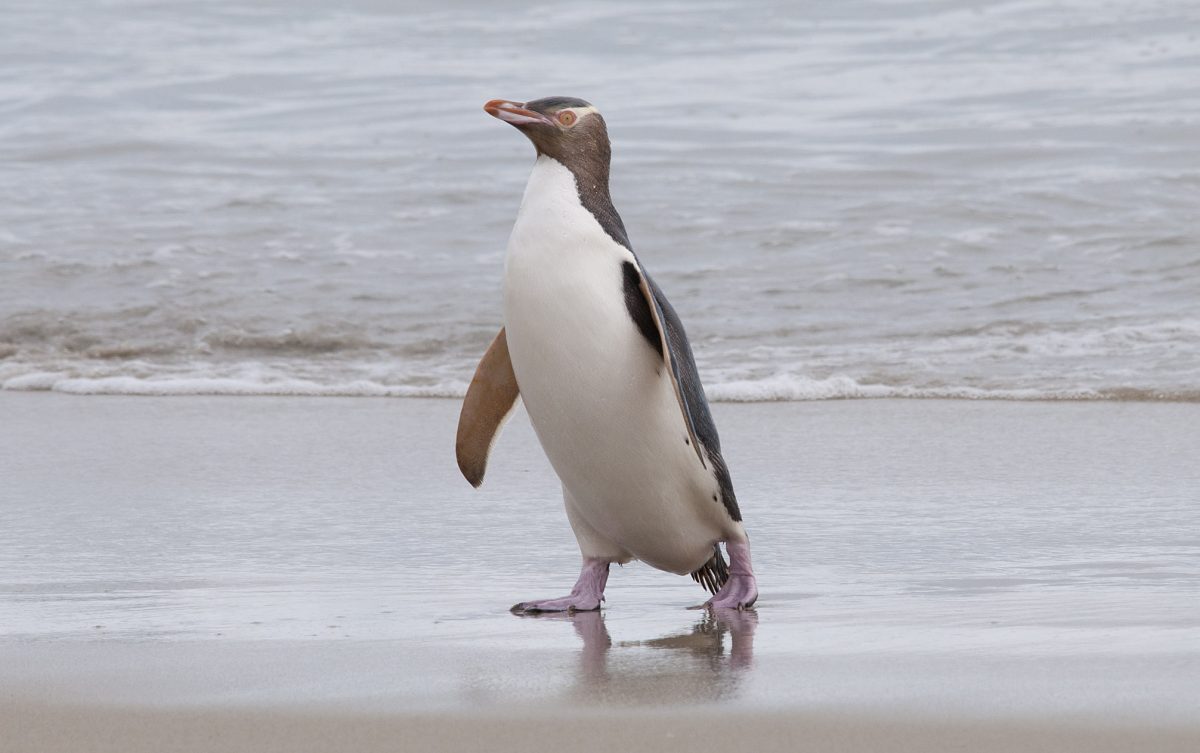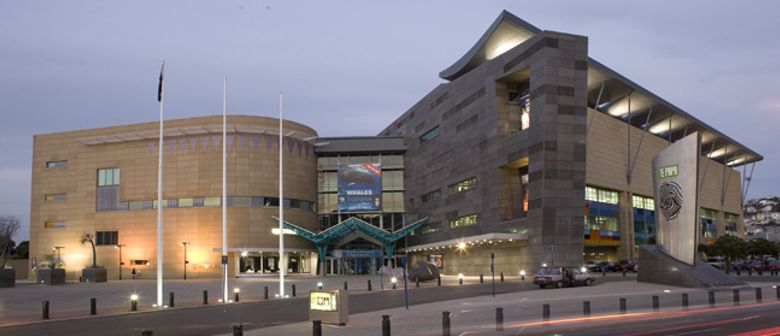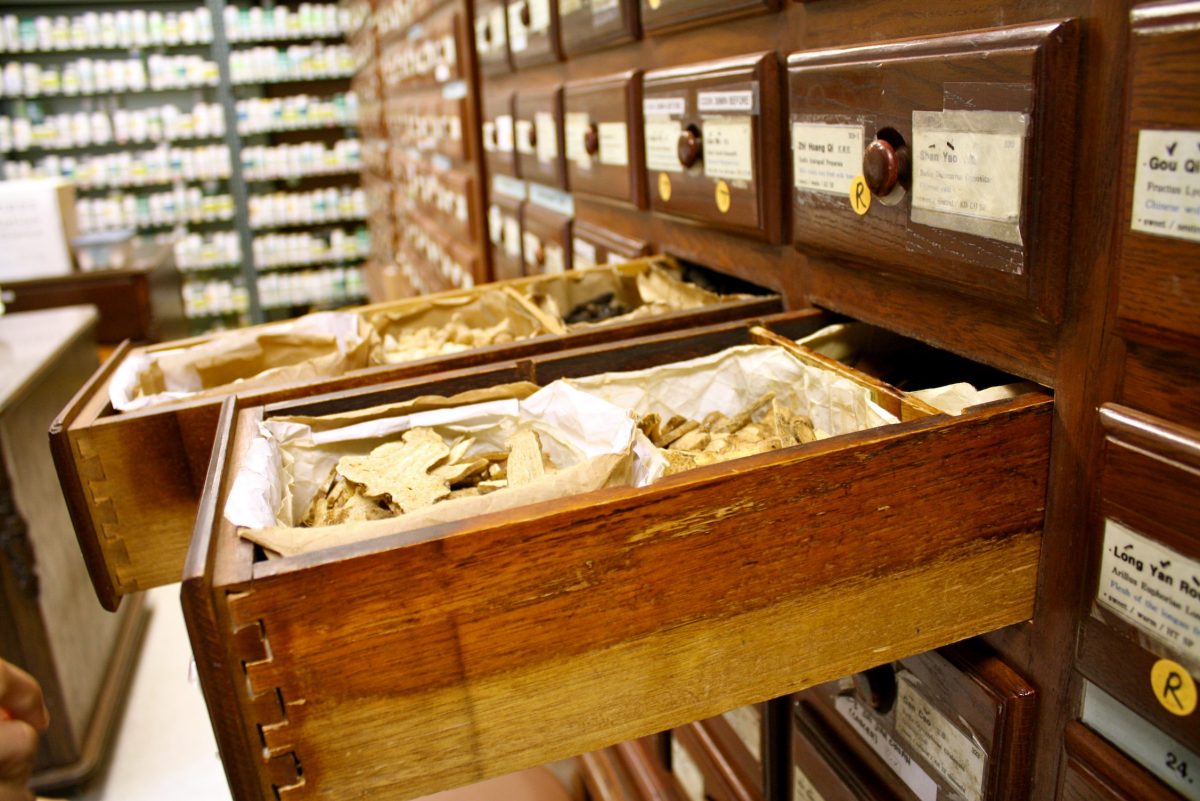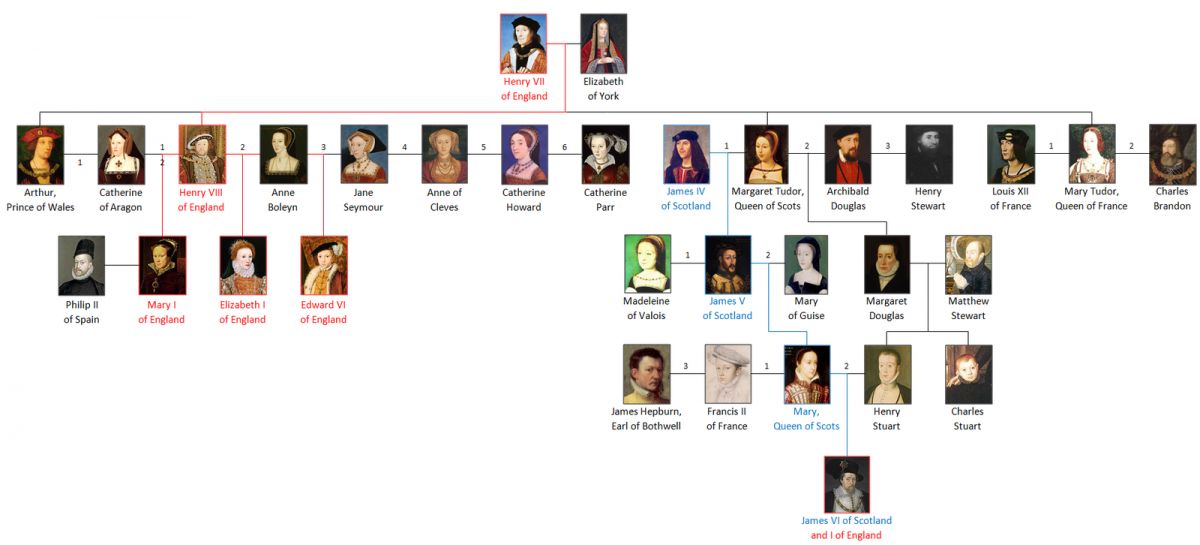Fossil hunting along the rugged and beautiful Wairarapa coastline is a dangerous exercise. Prevail against the harsh winds that blow you off your feet and fossil penguins will be your reward – prehistoric nuggets of gold from a lost world that is only now yielding its secrets.
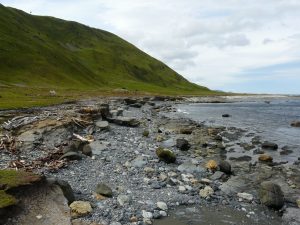
Alan Tennyson and Peter Clayworth are at Te Kaukau Point, looking for bones eroding out of the vertical coastal bank dissected by the 1718-year-old Taupo pumice layer. This line gives a good clue to the relative ages of bones above and below it. The stark, isolated Wairarapa coast is being constantly eaten away by the sea, erasing Aotearoa’s biological heritage. Regular expeditions are the only way to salvage what’s exposed from these rich deposits. Moa and fur seal bones are the most obvious – but there is a wealth of smaller bones that take more careful searching to find and even more patience to identify. Continue reading “Sentinels of change: prehistoric penguin species raise conservation conundrum”

